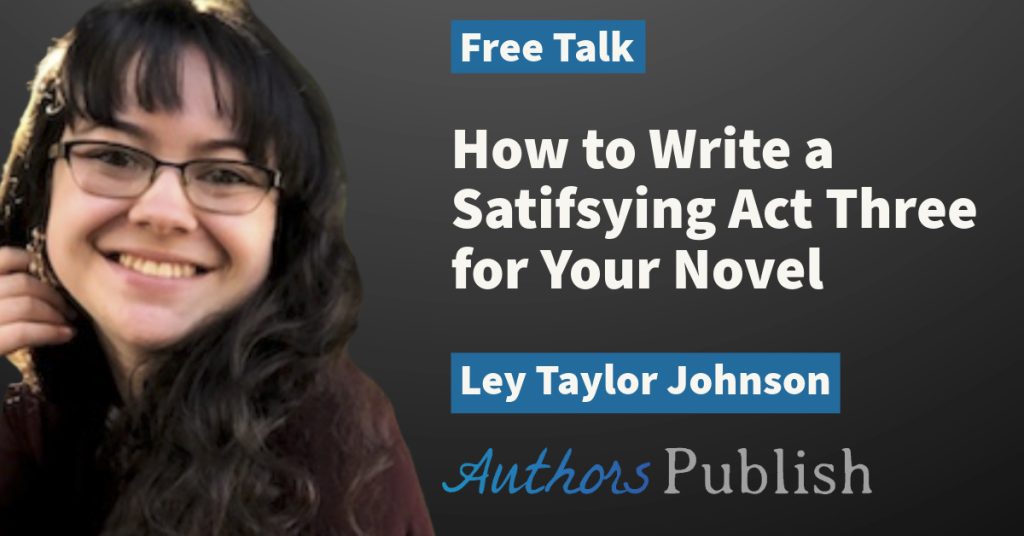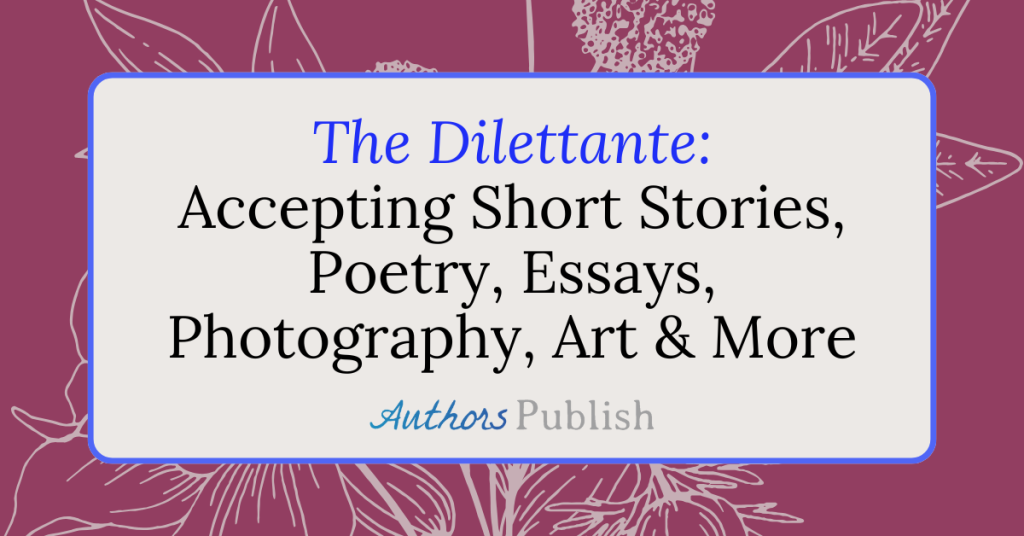By Sabyasachi Roy
Writers talk a lot. Plot arcs, character depth, themes that whisper and shout—it’s all very lovely and MFA-scented. But underneath all that flourish and philosophizing, there’s one unsung hero holding the whole mess together: the sentence. That’s right. The humble sentence. You know, that thing your seventh-grade English teacher ruined for you with diagramming exercises that resembled IKEA instructions for a bookshelf you’d definitely break.
A story isn’t just what happens. It’s how it’s told. And how it’s told begins with the shape of a sentence. Syntax isn’t some grammatical deity demanding tribute; it’s the spine, the skeleton, the slightly crooked backbone of your prose. Twist it the right way, and suddenly you’ve got tension. Rhythm. Breath. Twist it wrong, and even your best idea limps like a soggy toast. So, forget plot—let’s talk backbone.
Long, Short, and Just Plain Unhinged
Let’s talk about sentence length. A long sentence, rolling on like a drunk uncle’s anecdote, slows everything down. It forces you to meander, to linger, to get a little lost in thought. Perfect for introspection, nostalgia, or characters who overthink things (read: all of them). But short sentences? Boom. They hit. They punch. They know something’s on fire. They’re the panic attack in prose. Syntax controls pacing the way a good drummer controls a band: invisibly, insistently, with the occasional cymbal crash when someone’s about to die or fall in love.
That Weird Feeling When Something’s “Off”
There was a time I spent three hours editing a paragraph that had perfectly sound content but somehow smelled like bad leftovers. It just didn’t sit right. Everything was there—theme, plot movement, dialogue that didn’t suck—but it read like it had been boiled in lukewarm water. Turned out, all the sentences were marching along in identical lengths, with the same subject-verb-object rhythm, like the literary version of the “Macarena.” I started shifting clauses, breaking lines mid-thought, and—oh, the sweet joy—suddenly the voice had a limp again. The good kind.
Tone: Not Just What You Say, But How You Breathe
Syntax also plays with tone like a bored cat plays with a sock. You can tell a reader to feel scared, or you can make them feel scared by stuttering your sentence like the character’s breath. “He—he didn’t see it, not until—it was too late.” Congratulations, you’ve just built tension with a few hyphens and a sense of impending doom. Syntax is sneaky like that. It’s not just what you say—it’s when you pause, where you land, how you curl your toe around a phrase before letting it go.
Revision: Not a Spa Day
And revision? Oh boy. That’s where syntax gets to stretch. People think revision means fixing typos and realizing that your main character doesn’t actually need to be a beekeeper with a tragic past. (Though honestly, keep the bees.) But most of revision is rearranging your sentences like they’re finicky cats who refuse to sit still. You keep moving them, one comma at a time, until they finally purr.
Hemingway and the 39 Endings
Funny thing: Ernest Hemingway once rewrote the ending of A Farewell to Arms thirty-nine times. When asked why, he supposedly said, “To get the words right.” Not the plot. Not the characters. The words. You know somewhere in there, syntax was sitting smugly in the corner, whispering, “Told you so.”
Syntax, the Breakup Counselor
I once wrote a breakup scene that made my friend burst out laughing. Not because it was bad—but because the sentences were so breathy and melodramatic, it read like a parody of itself. “Her eyes, like glass, held the ache of a thousand unspoken truths.” I mean, come on. Even the character was embarrassed. I stripped it down, rewrote it with clipped, raw rhythm—“She looked. I looked. That was it.”—and suddenly it felt real. The kind of real where you don’t cry until three stops after your station.
One Final Grammar Crime
So yeah, syntax isn’t some boring grammar footnote. It’s the invisible hand steering the reader’s feelings, the internal soundtrack to your narrative. It’s why your story breathes instead of wheezes.
And if none of this convinces you, remember this: commas save lives. “Let’s eat, Grandma,” and “Let’s eat Grandma” are two very different stories. One is dinner. The other is a crime scene.
Pay attention to your sentences. They’re not just holding the story—they are the story.
Bio: Sabyasachi Roy is an academic writer, poet, artist, and photographer. His poetry has appeared in The Broken Spine, Stand, Poetry Salzburg Review, Dicey Brown, The Potomac, and more. He contributes craft essays to Authors Publish and has a cover image in Sanctuary Asia. His oil paintings have been published in The Hooghly Review. You can follow his writing on Substack here.






